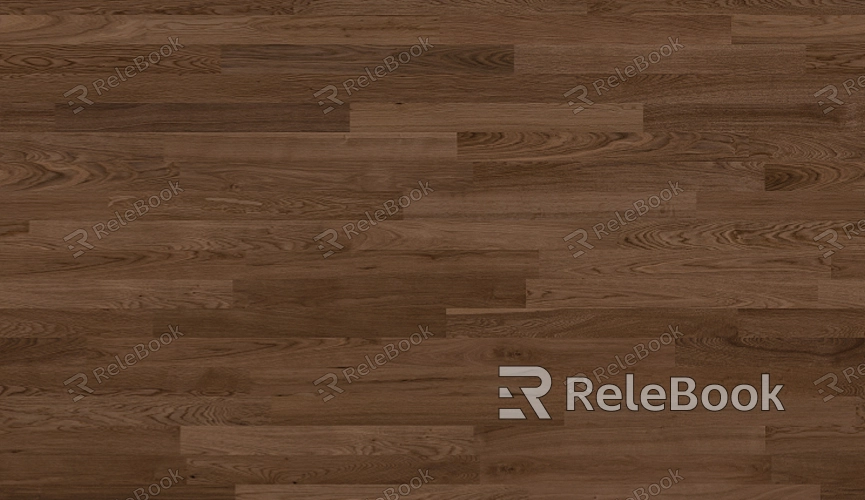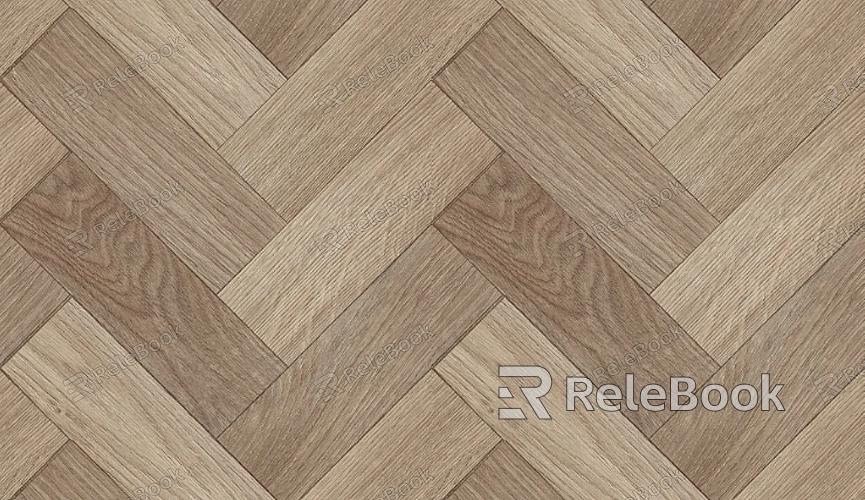How Map Textures Are Made?

Conceptualizing the Texture
The creation of a map texture begins with the conceptualization stage, where the artist decides what kind of surface detail is needed for a specific 3D model. This step is crucial because it sets the direction for all subsequent work. The artist must consider the environment in which the model will exist, the style of the project, and the level of realism required. For example, a medieval castle might need textures for stone walls, wooden doors, and metal armor, each requiring a different approach.
During this stage, reference images and real-world materials often play a significant role. Artists may take photographs or research existing textures to find inspiration. These references help in understanding the properties of the materials that need to be replicated, such as the roughness of stone or the sheen of polished wood. By gathering these references, artists can better visualize how their textures should look in the final 3D model.
Creating Base Textures
Once the concept is clear, the next step is to create the base texture. This is typically done using software like Photoshop, GIMP, or specialized texturing tools like Substance Painter or Mari. The base texture is essentially a 2D image that represents the surface’s color and basic details.
To create a base texture, artists often start by painting or manipulating photos. For instance, if creating a stone texture, an artist might layer multiple photos of rocks, adjusting colors and blending layers to achieve a natural look. Tools like brushes and filters are used to add fine details, such as cracks or stains, to make the texture more realistic.
Another technique used in this phase is procedural texturing, where algorithms generate textures based on mathematical rules rather than manually painting them. This method is particularly useful for creating complex or repetitive patterns, like the weave of fabric or the grain of wood.

Generating Map Textures
After the base texture is created, the artist generates various map textures that add depth and realism to the 3D model. The most common types of map textures include:
1. Diffuse Map: This represents the base color of the surface.
2. Normal Map: Simulates small surface details by altering the way light interacts with the surface.
3. Specular/Glossiness Map: Defines the shininess and reflectivity of the surface.
4. Displacement/Bump Map: Adds real physical depth to the surface by displacing the model’s vertices.
Each of these maps serves a specific purpose and is created using different techniques. For example, normal maps can be generated from high-resolution 3D models or through specialized software that converts 2D textures into normal maps. Specular maps are often created by manipulating the brightness and contrast of the base texture to simulate reflective areas.
Artists must pay careful attention to how these maps interact with each other, as they collectively define the final appearance of the texture on the 3D model. Testing and iteration are key at this stage to ensure that the maps work well together and achieve the desired visual effect.
Applying Textures to 3D Models
Once the map textures are ready, the next step is to apply them to the 3D model. This process is known as texture mapping or UV mapping. In UV mapping, the 3D model’s surface is unwrapped into a 2D plane, similar to unfolding a box into a flat sheet. The map textures are then aligned with this unwrapped surface to ensure they fit correctly on the 3D model.
The alignment process can be challenging, as it involves carefully placing and adjusting the textures so that they look natural when wrapped around the 3D object. This often requires manual tweaking and the use of software tools that allow artists to see how the textures will look in real-time.
After the textures are mapped, they are tested within the 3D environment to ensure they respond correctly to lighting and other environmental factors. Artists may need to make further adjustments to the textures or the maps at this stage to achieve the desired look.
Refinement and Finalization
The final step in the process is refinement, where the artist reviews the textured model in the context of the entire scene. This involves checking how the textures interact with lighting, shadows, and other elements in the environment. If any issues are found, such as seams where textures don’t align correctly or unrealistic reflections, the artist will go back and make the necessary adjustments.
In some cases, additional texture maps, like ambient occlusion maps or roughness maps, might be added to enhance the realism. Ambient occlusion maps, for example, help simulate how light is naturally blocked in crevices and corners, adding a subtle shadow effect that increases depth.
Once the textures are finalized, they are exported in the appropriate format for the 3D engine or software being used. These textures are now ready to be implemented in the final project, whether it’s a video game or a film.
FAQ
What software is commonly used to create map textures?
Common software includes Photoshop, GIMP, Substance Painter, and Mari for creating and editing textures. For generating specific maps like normal maps, tools like xNormal or CrazyBump are also used.
Can I use real photos for creating textures?
Yes, real photos are often used as the basis for creating textures. They can be manipulated, layered, and blended to create realistic textures that are then used in 3D models.
What is the difference between a bump map and a normal map?
A bump map uses grayscale images to simulate surface details by altering the appearance of height, while a normal map uses RGB color information to create more complex surface details by affecting how light interacts with the surface.
How do I ensure my textures look good on my 3D model?
Proper UV mapping and testing in the final environment are crucial. Artists often test and iterate their textures, adjusting map settings and ensuring they align correctly with the model.
What are procedural textures?
Procedural textures are generated by algorithms rather than by hand painting or photo manipulation. They are useful for creating textures with complex or repetitive patterns, such as wood grain or fabric weave.

